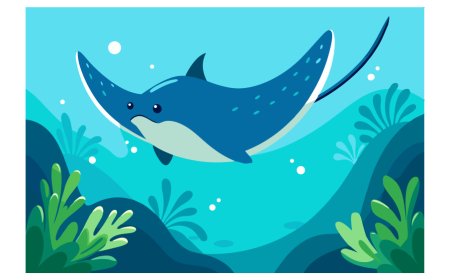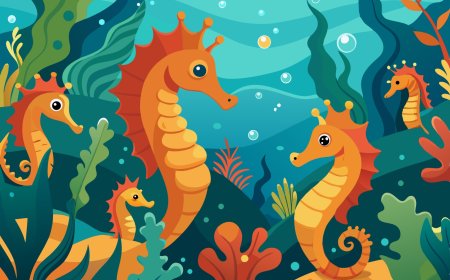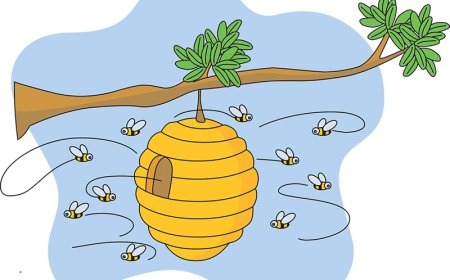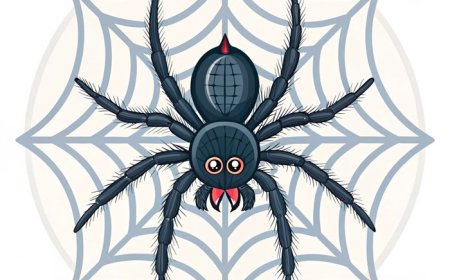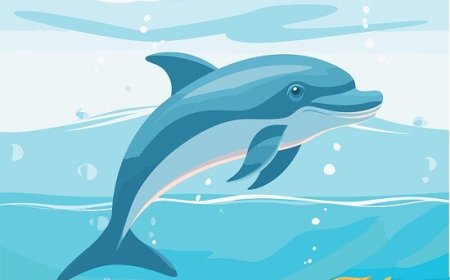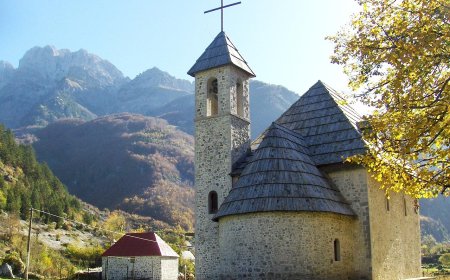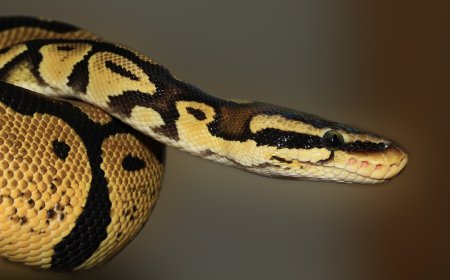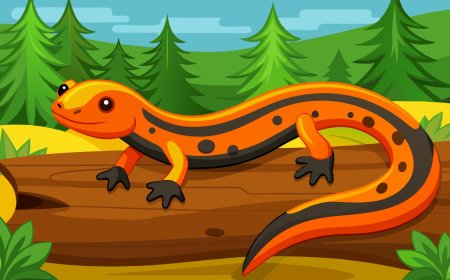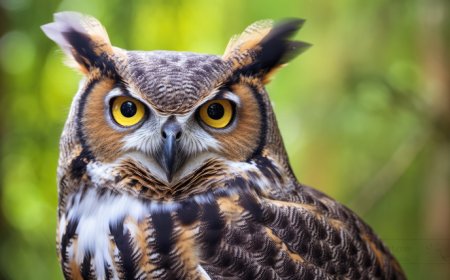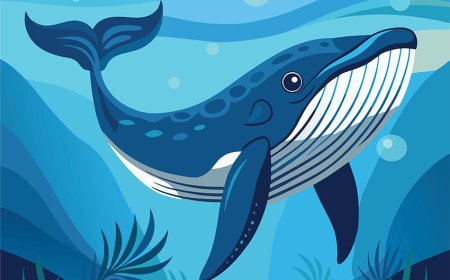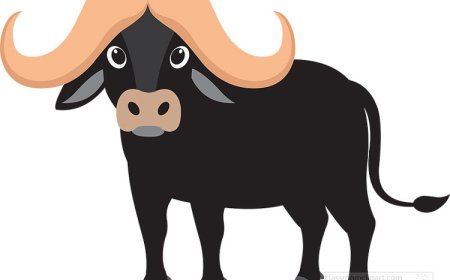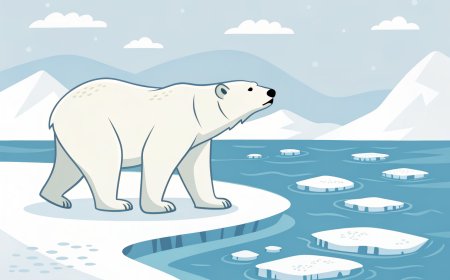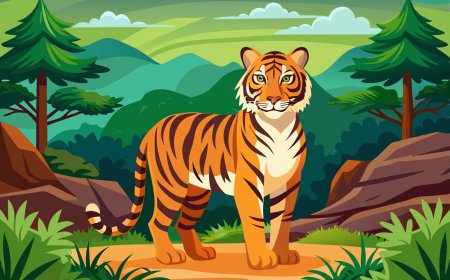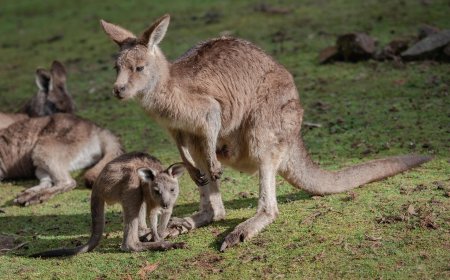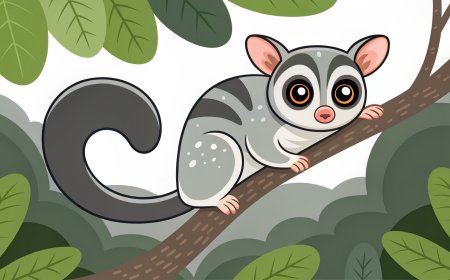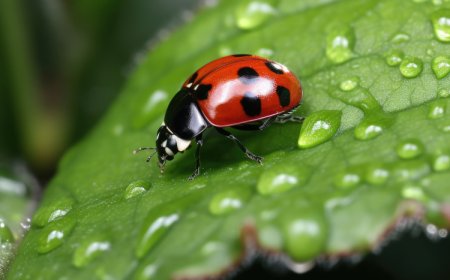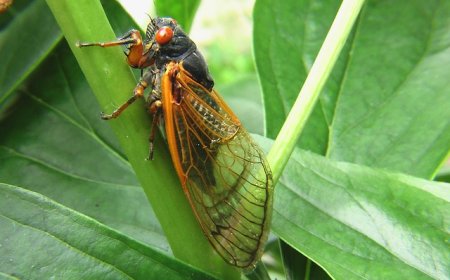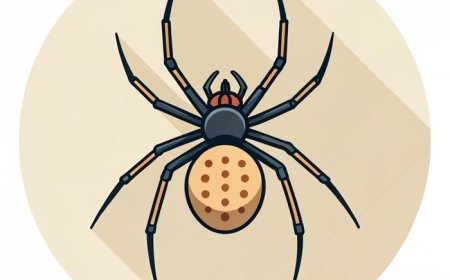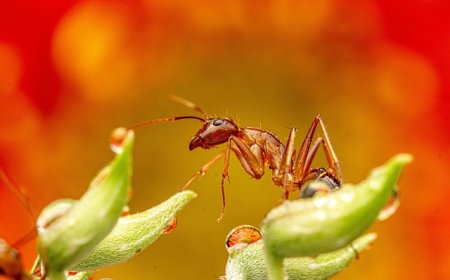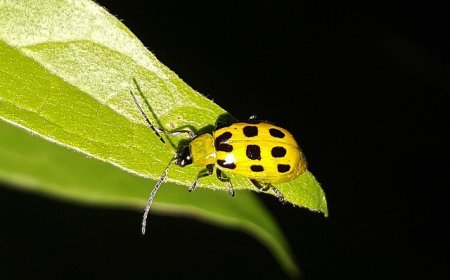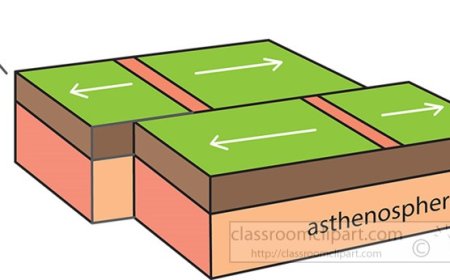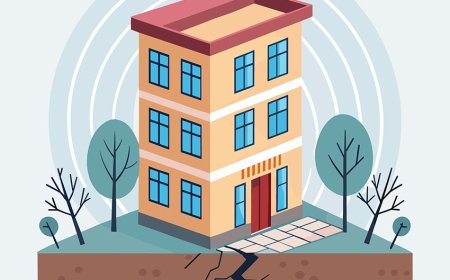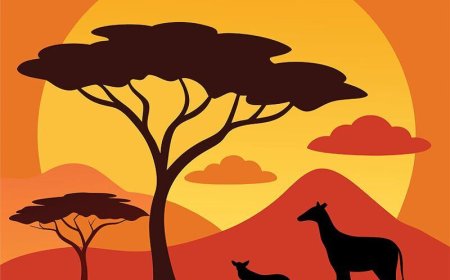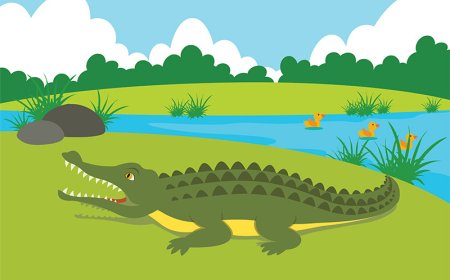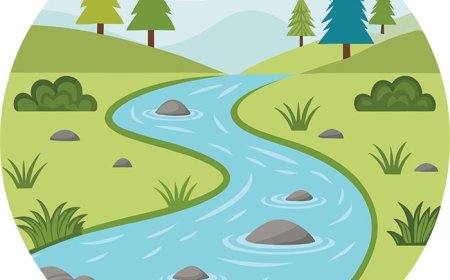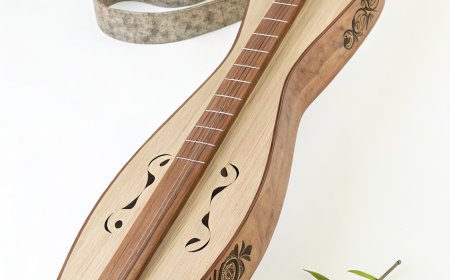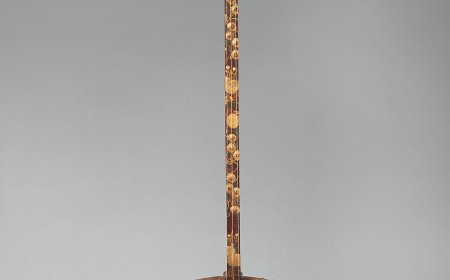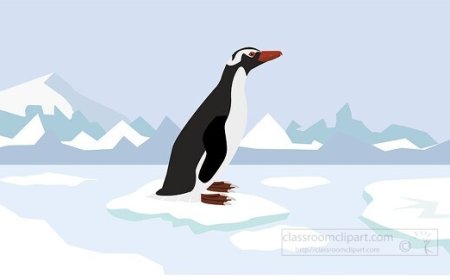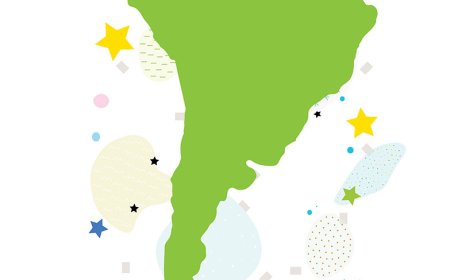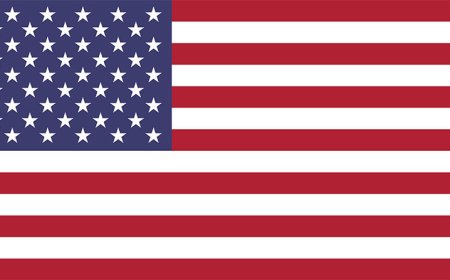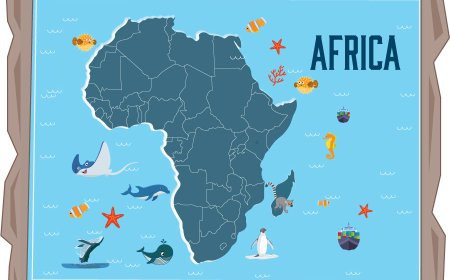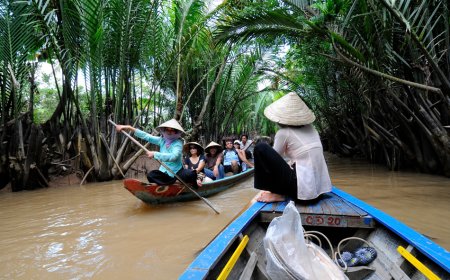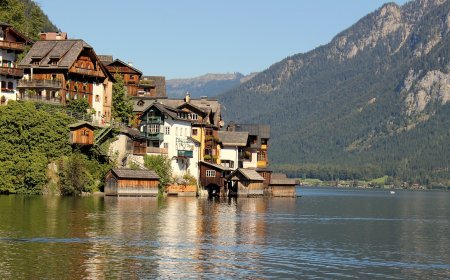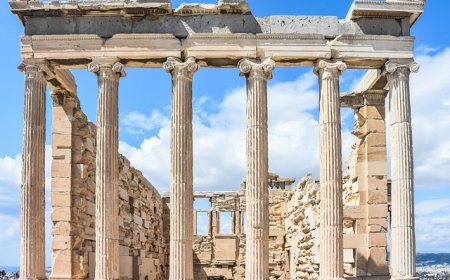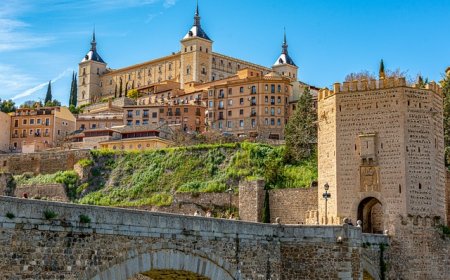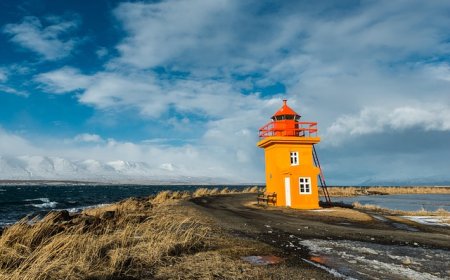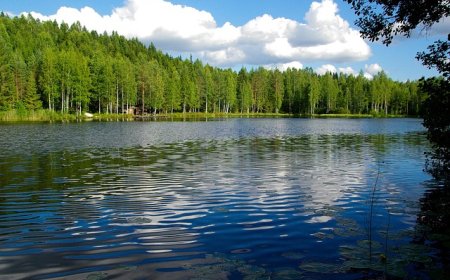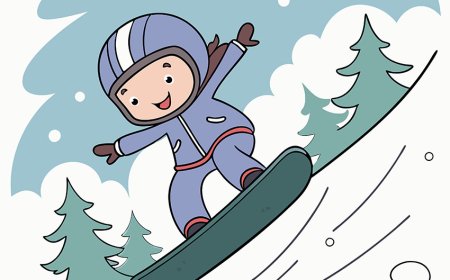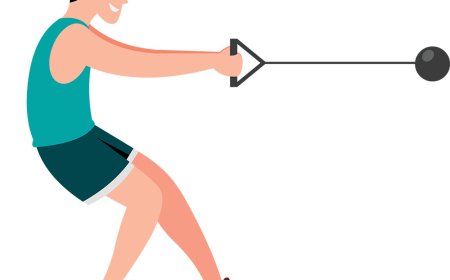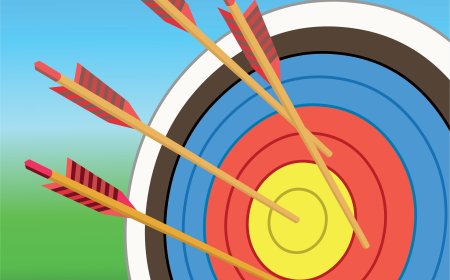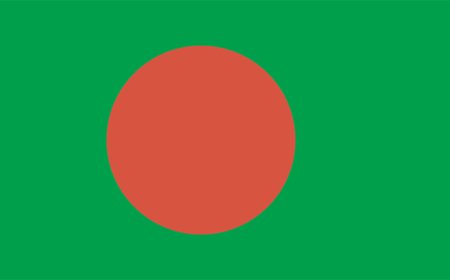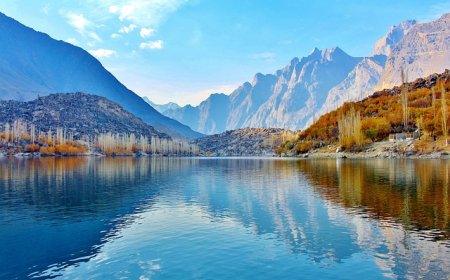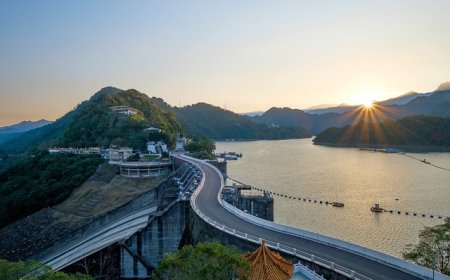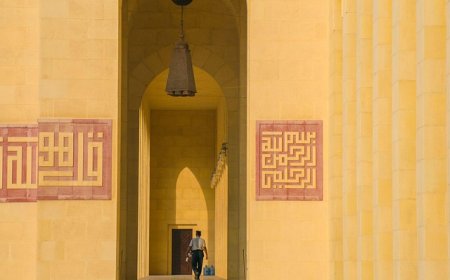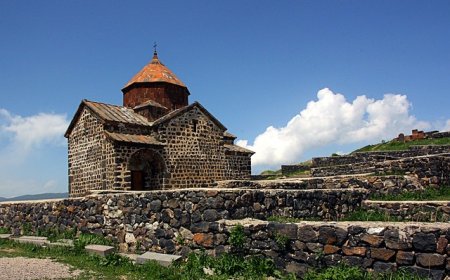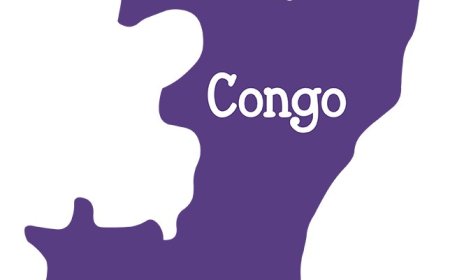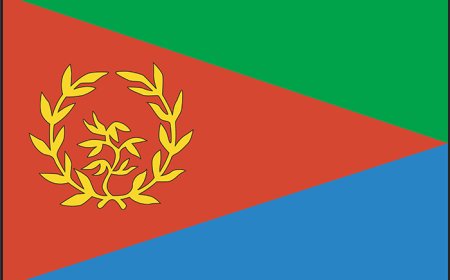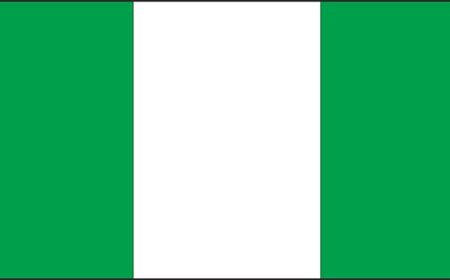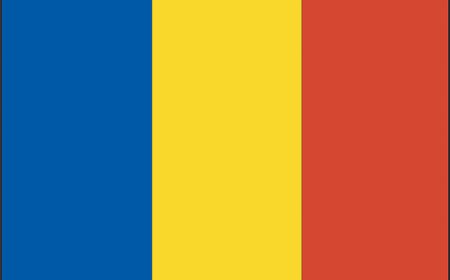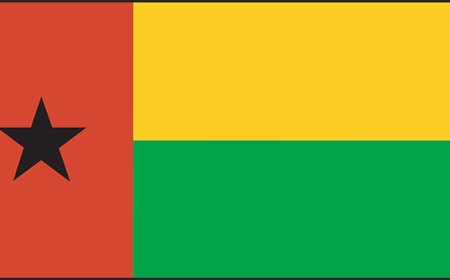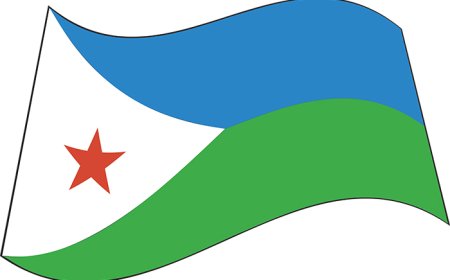Niger for Students: Geography, Culture, and History of a West African Nation
Discover the landscapes, people, and culture of Niger in this student-friendly country profile. Includes vocabulary, 8-question quiz, and education standards.
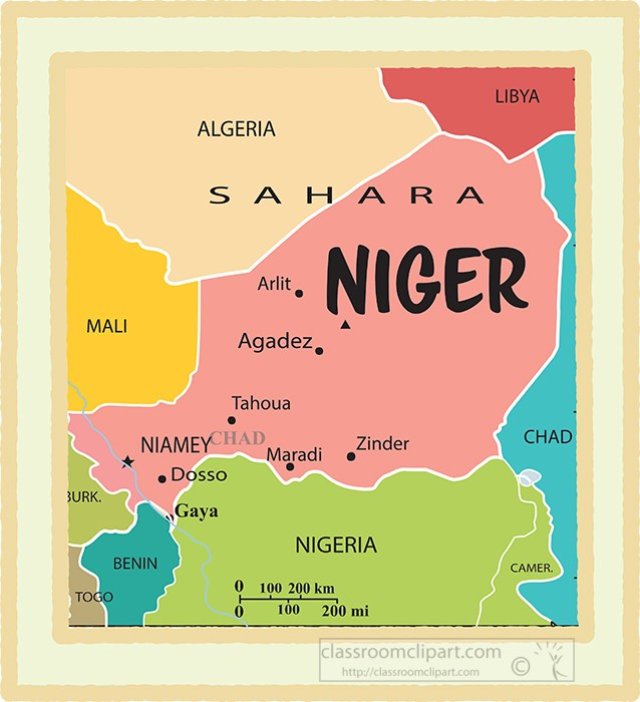
🌍 Introduction: Life Along the Edge of the Sahara
Niger is a landlocked country in West Africa, known for its desert landscapes, ancient caravan routes, and diverse cultures. Much of Niger lies within the Sahara Desert, but the people of Niger have long made their homes in this challenging land, building communities along rivers, oases, and trade routes.
Although Niger is one of the world’s poorest countries, it is rich in heritage, natural beauty, and the strength of its people.
🗺️ Geography and Environment
Niger is one of the largest countries in Africa, covering more than 1.2 million square kilometers (463,000 square miles). It borders Algeria, Libya, Chad, Nigeria, Benin, Burkina Faso, and Mali.
Most of Niger is covered by the Sahara Desert in the north and the Sahel in the central part of the country. The Sahel is a dry grassland zone that separates the desert from greener lands to the south.
The most important natural feature is the Niger River, which flows through the southwestern part of the country. This area supports most of the population and agriculture.
Niger’s climate is hot and dry, with little rainfall, especially in the north. In the south, during the rainy season (June to September), farmers grow crops and herd animals.
Wildlife includes gazelles, jackals, camels, crocodiles, and many desert birds and reptiles, especially in national parks like W National Park, a UNESCO World Heritage Site.
🏛️ Government, Language, and Population
Niger is a republic, but its political system has been unstable in recent years, with coups and military rule. The government is working toward restoring democracy and improving safety for its people.
The capital city is Niamey, located along the Niger River. Niamey is the center of government, education, and business in the country.
Niger has a population of about 26 million people. Major ethnic groups include:
Hausa – the largest group, mostly in the south
Zarma-Songhai
Tuareg – nomads of the desert
Fulani (Peul) – herders across the Sahel
Kanuri – in the eastern regions
The official language is French, but many people speak native languages like Hausa, Zarma, Tamasheq (Tuareg), and Fula.
The majority of people in Niger practice Islam, which influences daily life, festivals, and traditions. The currency is the West African CFA franc (XOF).
🎭 Culture and Daily Life
Nigerien culture is shaped by nomadic traditions, oral storytelling, and Islamic customs. Music and dance are important in all regions, with drumming, stringed instruments, and poetry used to celebrate weddings, naming ceremonies, and festivals.
The Tuareg people, known as the “blue people of the desert” because of their indigo clothing, are famous for their camel caravans, jewelry making, and desert travel skills. Many Tuaregs still live as nomads or in tent settlements.
In the south, the Hausa people are known for their colorful markets, textile crafts, and traditional architecture made from mud bricks.
Daily meals often include:
Millet porridge
Rice with sauce
Fried dough balls
Goat or chicken stew
Water and food can be scarce, so community cooperation is very important, especially during the dry season.
📜 History: Caravans, Kingdoms, and Colonization
For centuries, Niger was part of powerful trans-Saharan trade routes, where salt, gold, cloth, and slaves were traded between West Africa and North Africa.
Towns like Agadez and Zinder were major stops for traders and caravans. The area was influenced by several West African empires, including the Songhai and Kanem-Bornu empires.
In the late 1800s, Niger came under French colonial rule, becoming part of French West Africa. During this time, borders were drawn, and traditional leaders lost much of their power.
Niger gained independence from France in 1960. Since then, the country has faced struggles with drought, political change, and conflicts, especially in the north. Despite these issues, the people continue to build schools, markets, and stronger communities.
💰 Economy and Resources
Niger’s economy is based on:
Agriculture – millet, sorghum, rice, onions
Animal herding – cattle, goats, camels
Mining – especially uranium, which is one of Niger’s top exports
Most Nigeriens are subsistence farmers or herders, growing food for their families. In some areas, people grow crops to sell in open-air markets.
Mining provides important income, but many people still lack electricity, clean water, and education. The government and international groups are working to improve infrastructure and access to schools, healthcare, and jobs.
🌿 Wildlife and Natural Beauty
Though much of Niger is desert, its national parks protect a range of wildlife. W National Park, shared with Benin and Burkina Faso, is home to elephants, lions, hippos, antelopes, and birds.
In the desert, you may find camels, foxes, and desert lizards. Conservation groups are working to protect Niger’s wild places from climate change and habitat loss.
The desert itself is stunning, with tall dunes, rock formations, and starlit skies that attract explorers and researchers.
📚 Vocabulary List
Word Definition
Sahel A semi-dry area south of the Sahara Desert
Tuareg A nomadic people known for desert travel and blue clothing
Subsistence farming Growing just enough food to feed a family
Caravan A group of people and animals traveling across a desert
Niger River A major river that supports farming and fishing in West Africa
Drought A long period with little or no rain
Uranium A mineral used to produce nuclear energy
Nomad A person who moves often in search of food, water, or pasture
🧒 Kid-Friendly Summary
Niger is a hot and dry country in West Africa with desert towns and river cities. People speak French and African languages and live in mud-brick houses, tents, or villages. Some still ride camels across the desert! They grow millet, herd animals, and sell food in markets. Even though life can be tough, Niger’s people stay strong and proud of their history and land.
🎯 Interactive Quiz: What Do You Know About Niger?
1. What is the capital of Niger?
a) Niamey
b) Bamako
c) Agadez
d) Kano
2. What major river flows through Niger?
a) Congo
b) Nile
c) Niger
d) Volta
3. What is the Tuareg people's traditional lifestyle?
a) Farming
b) Fishing
c) Nomadic herding and desert travel
d) Mining
4. What mineral is a top export of Niger?
a) Coal
b) Uranium
c) Oil
d) Salt
5. What does “subsistence farming” mean?
a) Selling crops to supermarkets
b) Growing food just for your family
c) Raising pets for fun
d) Cooking for restaurants
6. What is the Sahel?
a) A kind of tree
b) A region of heavy rain
c) A semi-dry grassland between desert and savanna
d) A desert animal
7. What was Niger once part of?
a) British India
b) French West Africa
c) Dutch Empire
d) Ancient Egypt
8. What kind of clothing are Tuareg people known for?
a) Green robes
b) Camouflage
c) Indigo-blue wraps and headscarves
d) Bright red cloaks
